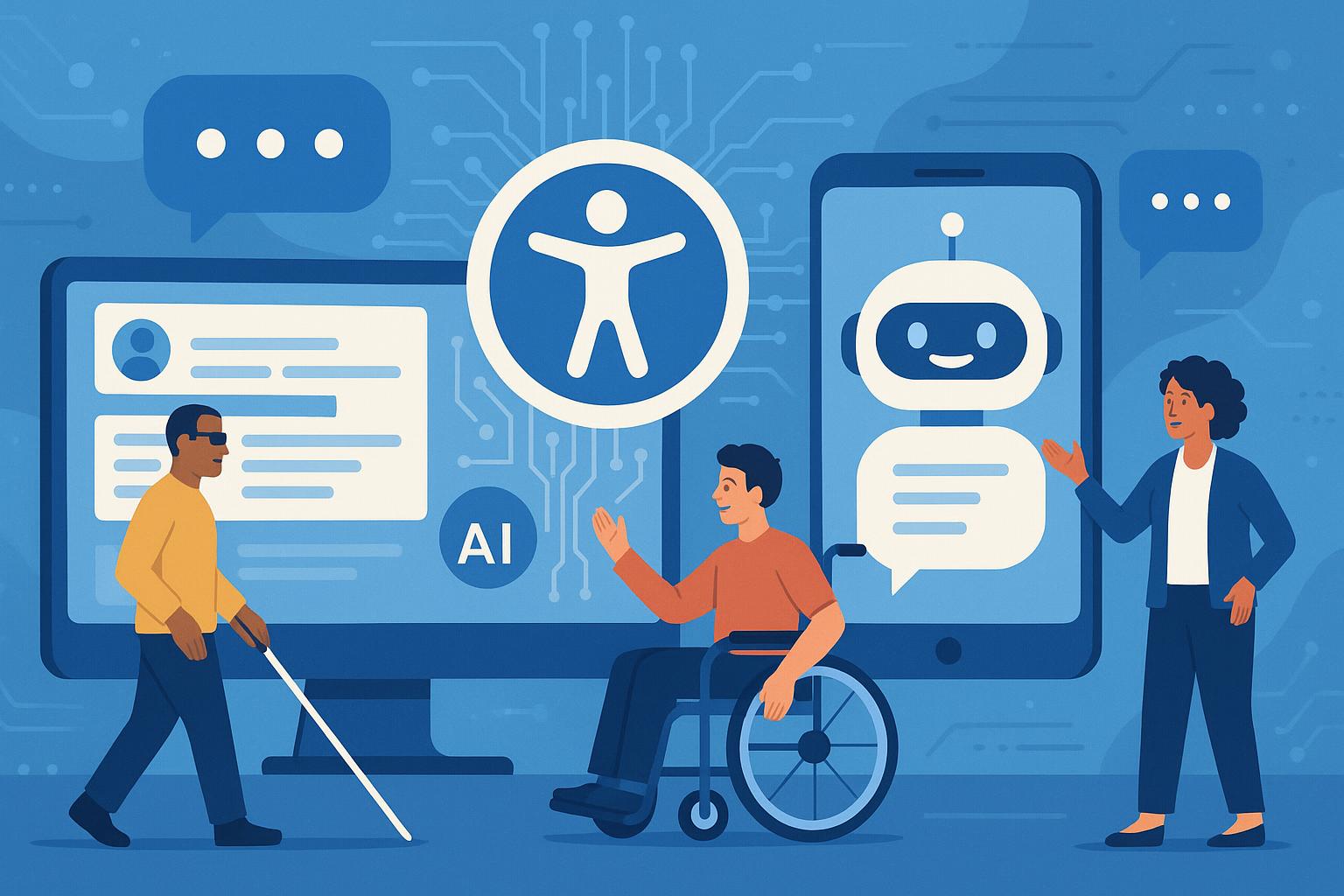Introduction to Streamlining Clinical Operations with Chatbots
In the rapidly evolving landscape of healthcare, digital transformation is paving the way for more efficient, patient-centered service models. Among the various technologies being integrated into healthcare systems, chatbots stand out as powerful tools for streamlining clinical operations. This article explores how chatbots can optimize appointment scheduling, patient follow-ups, and other administrative tasks, thereby reducing the burden on healthcare staff and improving patient care.
The Role of Digital Transformation in Healthcare
Digital transformation in healthcare is not just about adopting new technologies but reimagining how healthcare services are delivered. It involves leveraging technology to make healthcare more accessible, efficient, and patient-friendly. Chatbots, with their ability to automate communication and routine tasks, are at the forefront of this transformation, especially in enhancing patient interaction and administrative efficiency.
Enhancing Patient Communication
Effective communication is crucial in healthcare. Chatbots can provide immediate responses to patient inquiries, schedule appointments, and send reminders, thus enhancing communication flow. They also gather preliminary patient data, which can be useful during consultations.
Streamlining Administrative Tasks
Administrative tasks such as scheduling, patient registration, and handling prescriptions consume significant time and resources. Chatbots can automate these processes, allowing medical staff to focus more on patient care rather than paperwork.
Specific Chatbot Features for Healthcare Professionals
Each healthcare profession has unique needs that chatbots can address through tailored features:
- Medical Doctors: Integration with Electronic Health Records (EHR) to provide quick access to patient histories and lab results.
- Eye Doctors: Features to book and manage follow-up appointments for surgeries or treatments, and provide pre and post-operative care instructions.
- Dentists: Automate appointment scheduling and send oral health tips or reminders for regular check-ups.
- Medical Assistants: Help in managing patient flow, updating patient records, and triaging patient inquiries.
- Practice Managers: Tools for resource management, billing, and compliance tracking.
- Therapists: Scheduling therapy sessions and sending reminders for session preparations or homework.
Integration Challenges and Solutions
While the benefits are clear, integrating chatbots into existing healthcare systems is not devoid of challenges:
- Data Security and Privacy: Ensuring that chatbots comply with healthcare regulations such as HIPAA is essential. Employing end-to-end encryption and secure data storage solutions can mitigate these risks.
- Interoperability: Chatbots must seamlessly integrate with existing healthcare IT systems. Using APIs that allow for flexible integration with various software systems can address this issue.
- User Adoption: Resistance from staff and patients accustomed to traditional methods can be a hurdle. Continuous training and demonstrating the benefits of chatbots can enhance user adoption.
Case Studies and Hypothetical Scenarios
Consider a scenario where a medical practice introduces a chatbot to handle appointment bookings and patient queries. The chatbot is integrated with the practice’s EHR system, enabling it to access patient data and history. As a result, the practice sees a 30% reduction in administrative tasks, allowing staff to allocate more time to patient care.
In another case, a dental office uses a chatbot to send automated reminders for regular check-ups and dental cleanings, resulting in increased patient return rates and improved oral health among patients.
Actionable Insights for Implementing Chatbots
Healthcare professionals looking to integrate chatbots into their practice should consider the following steps:
- Identify the administrative areas that require the most support and could benefit from automation.
- Choose a chatbot platform that complies with healthcare regulations and can be integrated with existing systems.
- Involve staff in the implementation process and provide necessary training.
- Regularly review and tweak the chatbot’s responses and functionalities based on user feedback and performance.
Conclusion
As healthcare continues to advance, the integration of technologies like chatbots will play a pivotal role in shaping future clinical operations. By embracing these tools, healthcare professionals can enhance patient satisfaction, improve efficiency, and reduce administrative burdens, ultimately leading to better health outcomes. As we move forward, the key will be to adapt continuously and leverage these digital solutions to meet the evolving needs of patients and healthcare providers alike.















